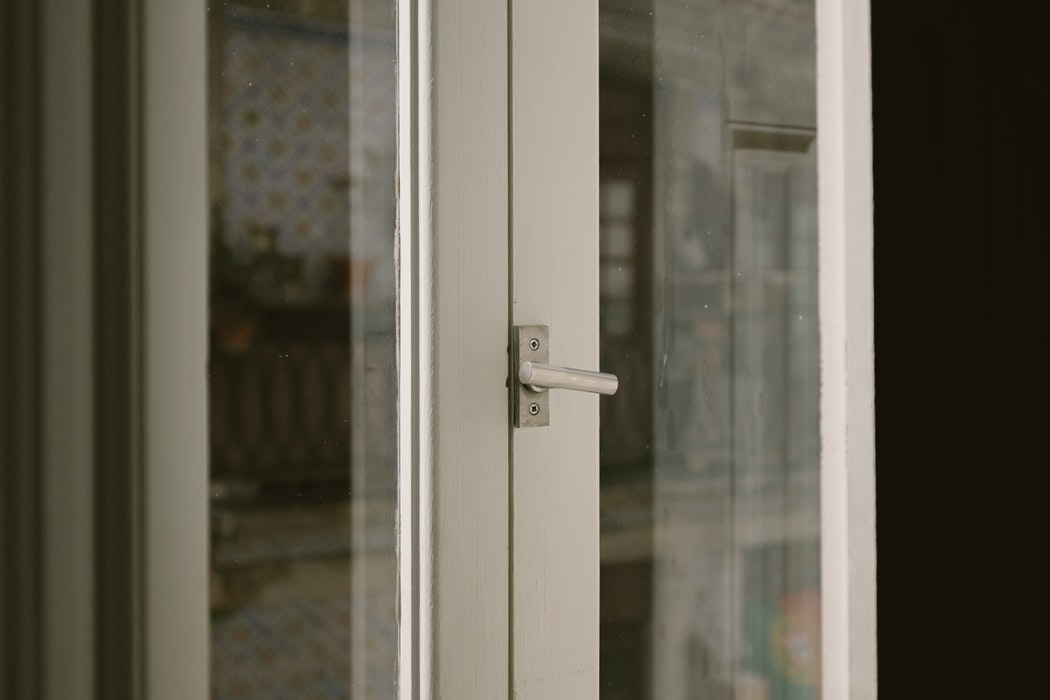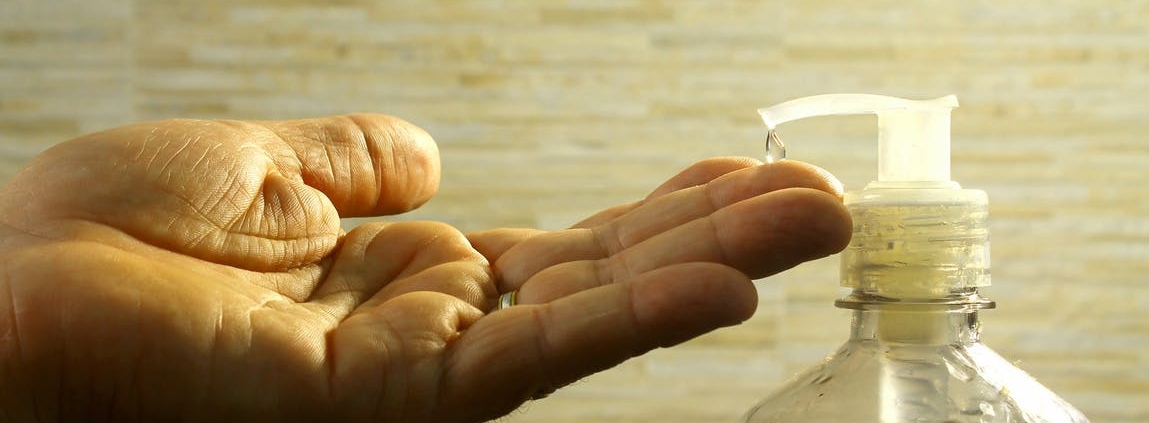Although looking clean on the surface, your workplace can be hiding dangerous bacteria with the potential to transmit serious diseases. Office sickness costs businesses in the UK more than £77 billion every year in lost productivity. Office hygiene is an important component for businesses that can’t be overlooked; many dangerous diseases can easily spread through the dirtiest places in the office, such as:
- Keyboard
- Phone
- Mouse
- Desk
- Door handles
- Lift button
Here are a few facts you should know about office hygiene.
Fact #1: Your Desk Has 400 Times More Germs than Toilet Seats
An average office desk has 400 times more germs than a toilet seat. Two thirds of office employees are said to be at risk of becoming ill due to dirty desks, which contain on average 20,961 germs per square inch.
It’s essential to have a cleaning plan in place to ensure that desks are regularly cleaned. Antibacterial wipes can help to prevent dangerous illnesses from spreading, such as Staphylococcus aureus, E-Coli, Helicobacter pylori, or Pseudomonas aeruginosa.
Fact #2: Male Employees’ Workspaces are More Contaminated
Researchers from the University of Arizona have conducted a study on office space bacteria showcasing that humans are one of the most common bacteria sources. This research has also found that men, compared to women, have approximately three to four times the amount of bacteria in their workspace. This includes, on, in, and around desks, keyboards, phones, computers, drawers, and even personal items.
The varying proportion of bacteria among men and women has been attributed to, on average, men being larger than women. As such, men have a correspondingly bigger skin surface area alongside bigger nasal and oral cavities, which proportionally represents a bigger surface area for bacteria to colonise.

Fact #3: Keyboard and Mouse with Dangerous Bacteria
Because employees sneeze, breathe, blow their noses, cough, and touch keyboards for many hours every day, these office items tend to be hold a high number of bacteria.
A study from a Chicago hospital has found in their keyboards drug-resistant strains of Staphylococcus, such as MRSA, for up to a period of 24 hours.
In addition, keyboards also hold dead skin cells, dead insects, crumbs, hair, and dust, amongst others. A mouse can also have more than 1,500 bacteria per inch of surface, and both items should be disinfected regularly to minimise exposure to bacteria.
Fact #4: Norovirus Can Spread Through Door Handles
As one of the most touched spots in the workplace, door handles can spread viruses such as the norovirus very easily. According to the Food Standards Agency, this winter vomiting bug causes an estimated £3 million vomiting and diarrhoea cases every year.
Norovirus can be transmitted through contaminated food and water, which is then ingested. It can also be inhaled, causing an infection when it reaches the gastrointestinal tract. The virus can survive in the environment for several months, infecting employees through contact with particles from an infected person’s vomit or faeces.

Fact #5: Around 200,000 Bacteria Per Square Inch of Carpet
In every square inch of carpet, there are approximately 200,000 bacteria – which represents almost 700 times more than toilet seats. Bacteria eat dead skin cells that accumulate every day; the average person can shed approximately 1.5 million dead skin cells per hour, which add to other particles contaminating the office.
It’s essential to have effective heavy duty vacuum cleaners that thoroughly clean both floors and carpets. Alongside dead skin cells, pollen, food particles, and other dirt can accumulate and increase the likelihood of serious diseases, such as salmonella, E-Coli, and Staphylococcus.
We’re dedicated to being environmentally-friendly and to providing the highest quality of cleaning solutions. Contact us to know more about our products – we’re always happy to help.





Leave a Reply
Want to join the discussion?Feel free to contribute!